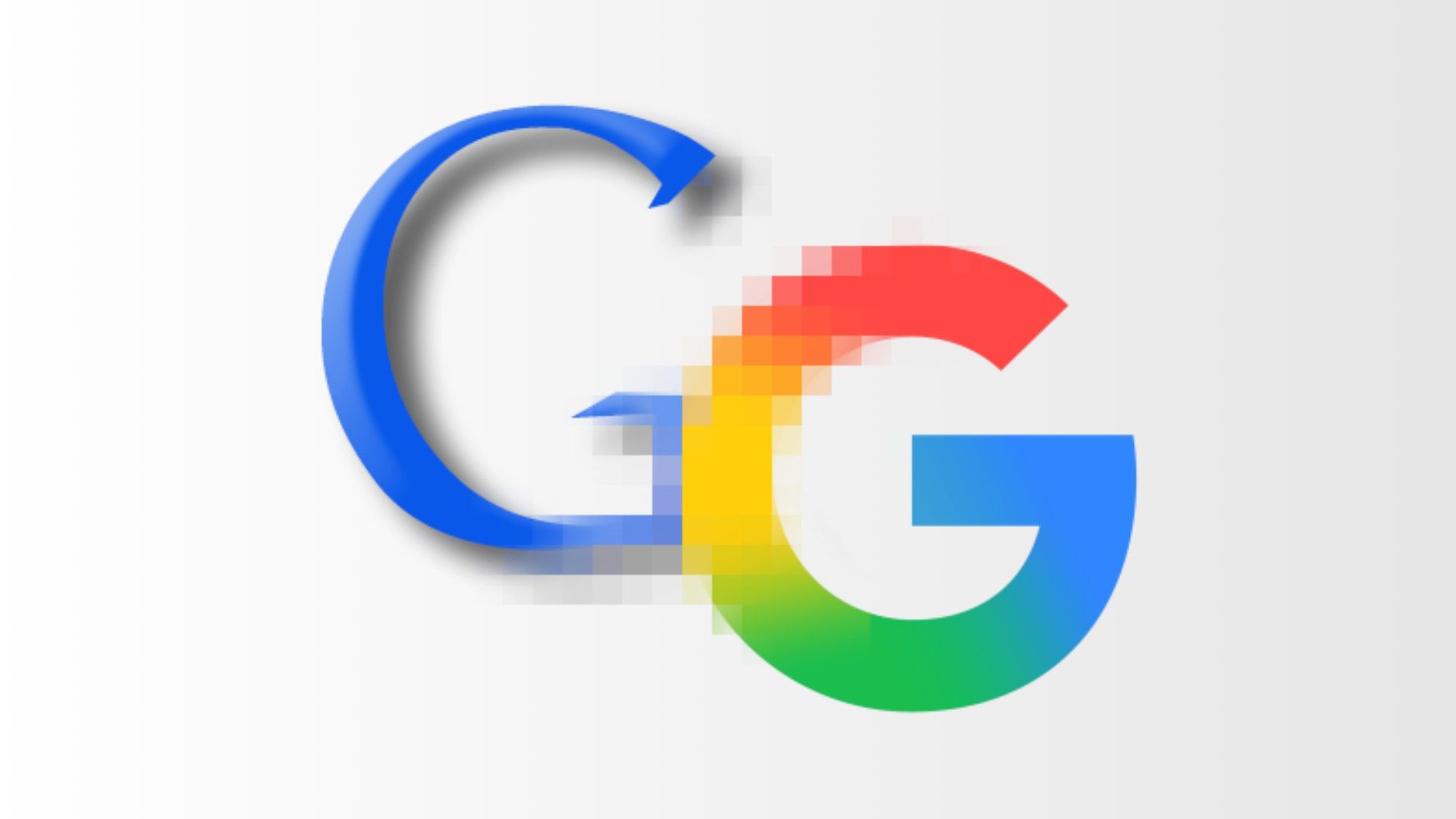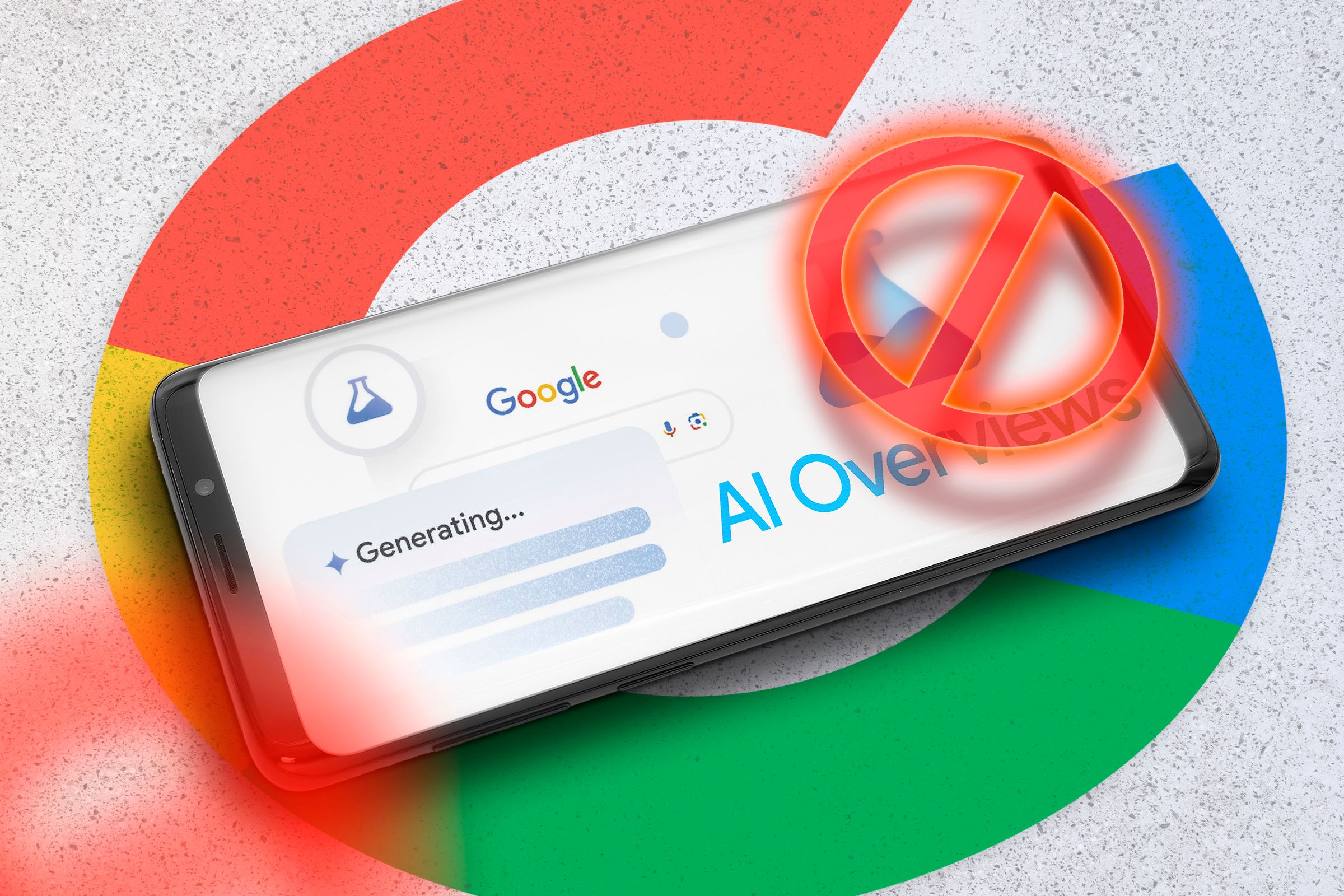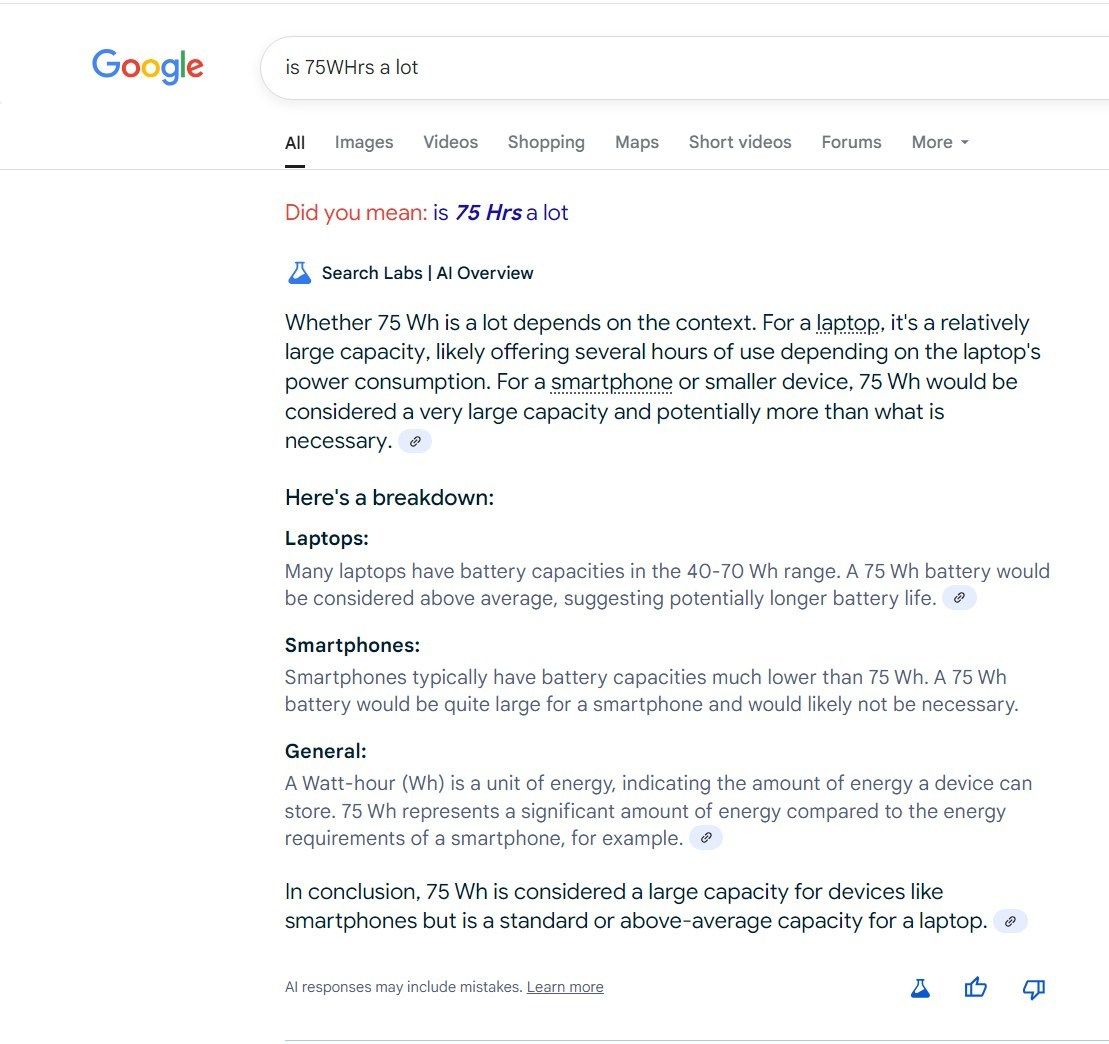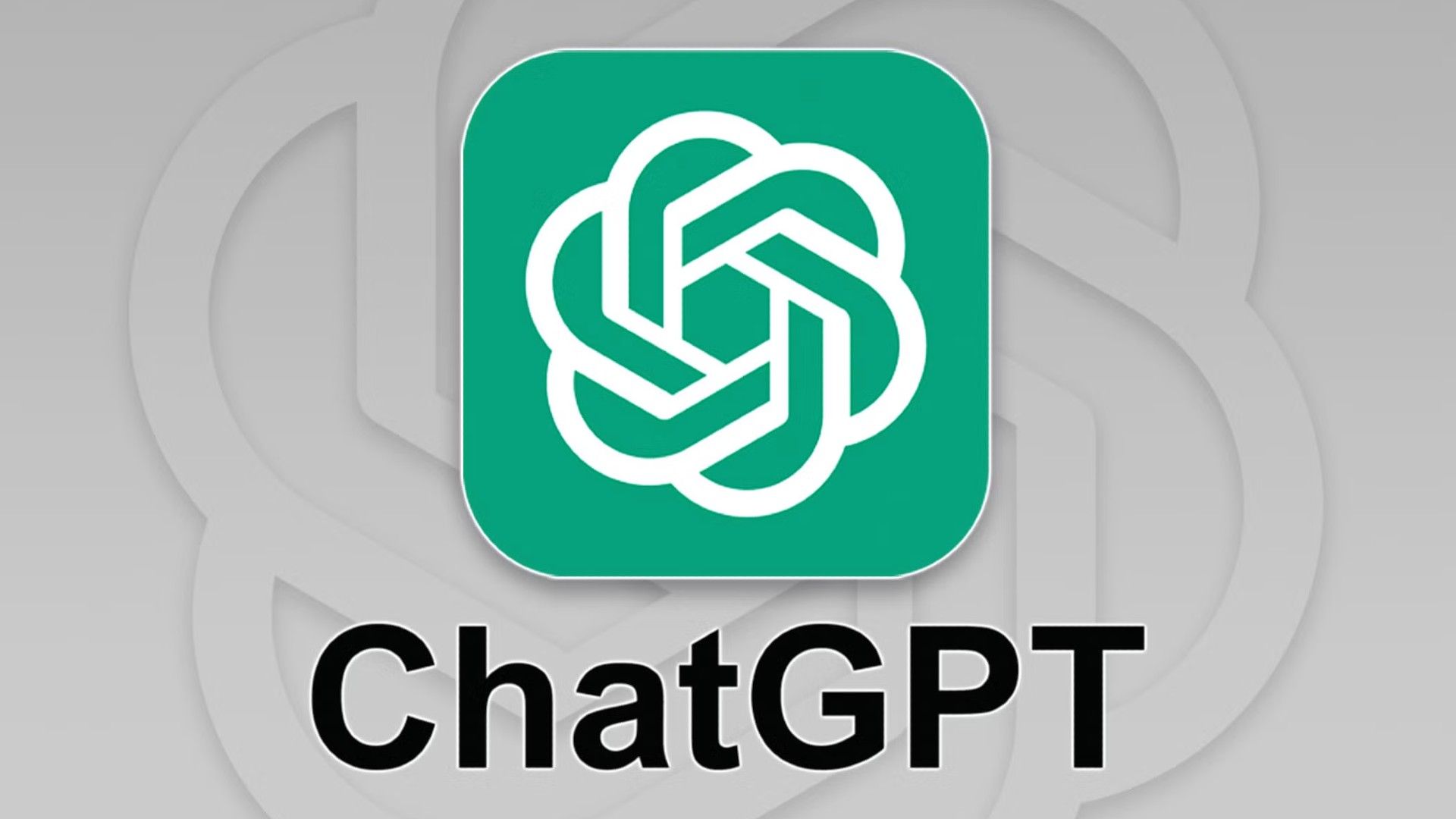If you’ve been Googling stuff lately, you’ve likely seen AI Overviews everywhere. The option to opt out is no longer available, and they now appear on nearly every search, usually with inaccurate or confusing information, which is frustrating.
AI Overviews Were Bad at Launch—Now They’re Even Worse
Before we had AI Overviews, we had the Google Search Generative Experience (SGE) within the Google Search Labs experimental program. You had to opt in to see AI results, and those who did encountered some shocking, disappointing, and even funny answers. Remember the infamous glue on pizza and gasoline in spaghetti?
This wasn’t a big deal when the feature was optional; you could simply choose not to use it. However, as AI Overviews replaced the opt-in SGE, they began appearing on more and more search results. Today, it’s rare to Google something without seeing an AI Overview at the top of the page.

Related
Google Has Abandoned What Made People Love Google
Are the days of a quick Google Search gone?
The reason I think AI Overviews are more dangerous now than ever is that they’re starting to sound convincing. Silly answers, like suggesting you eat 20 bugs a day, were initially funny, but I doubt most people fell for those.
However, as AI has evolved, people are starting to trust its information more, and this includes AI Overviews. At the same time, AI Overviews have gotten better at mixing real search results with convincing language and reasoning, often producing half-truths that can easily mislead those who aren’t familiar with the topic. For example, here’s an AI Overview response I received recently:
I was writing an article about laptops and wanted to see how a 75Wh battery compared to other models. Instead, Google’s AI Overview went off on a tangent, explaining how a 75Wh battery would be amazing in a smartphone, with little information on laptops.
While converting 75Wh (used for laptops) to mAh (used for phones) is tricky, since voltage varies by device, a 75Wh battery is roughly equivalent to 20,000 mAh. That’s about the size of a solid power bank or five Samsung Galaxy S25+ batteries. Only niche rugged phones like the Oukitel WP19 have anything close to that, so the AI Overview’s answer was both irrelevant and unhelpful.
In another example shared by my colleague Adam Davidson, the AI Overview confidently listed Google as one of the most privacy-respecting smart home brands, which is laughable, given the long trail of reports about Google Nest spying on its users over the years.
There are plenty of other examples of inaccurate or half-true AI Overviews you can easily find online. The frustrating part is that these summaries now appear at the top of search results, replacing traditional featured snippets pulled directly from articles and forum posts written by real people. Unfortunately, it’ll only get worse if the new AI Mode takes over, as it’s essentially an LLM chatbot within Google Search.

Related
Google Has Abandoned What Made People Love Google
Are the days of a quick Google Search gone?
If You Want AI Answers, Just Use a Real LLM
While I understand that Google is trying to compete with ChatGPT and other large language models (LLMs) by integrating a chatbot into Search, this approach doesn’t make much sense from a user perspective. When I need an answer to a highly specific question or an opinion on a situation, where I don’t necessarily have to fully trust the output, I’ll turn to ChatGPT.
Ironically, real LLMs can often provide better results because they can tap into their much larger datasets, whereas the AI Overview feature relies on a light AI model that quickly summarizes only the top few search results. Moreover, many LLMs now have extra options, like Deep Research and Web Search, allowing them to analyze and combine sources to generate more comprehensive and generally accurate responses.
I use Google when I want detailed information or to read about people’s experiences and opinions on a subject. Unfortunately, Google is doing a disservice to everyone (including itself) by prioritizing AI Overviews above traditional snippets. Not to mention that it feels invasive to have an AI feature like this forced on us without the option to opt out.
Traditional snippets encourage readers to click through and read articles, which sometimes results in ad clicks. These ads are often powered by Google AdSense, generating revenue for both the company and the content creator. By relegating snippets below AI Overviews, all parties lose something.
How to Disable AI Overviews for Good
While there’s no official way to remove AI Overviews permanently, there are a few workarounds. The simplest way to get rid of Overviews is to use the “Web” content filter on top of the results page, but it only applies to the current search and resets each time.

Related
How to Turn Off AI Overview Results in Your Google Searches
Get the old Google back.
I find that using a Chrome extension is the simplest solution to permanently remove AI Overviews. You can use a content blocker like uBlock Origin, but if you just want to remove Overviews and nothing else, grab the free Hide Google AI Overviews extension. It’s an open-source tool that’s likely to receive updates to keep blocking these AI features if Google decides to expand them.
In a landscape full of capable AI search engines, Google Search alternatives, and impressive AI chatbots, Google’s AI Overviews fall short. By injecting semi-accurate, overly confident summaries into search results, they undermine the quality of the world’s most trusted search engine. If you want to keep seeing reliable, human-created information at the top of your results, consider disabling AI Overviews.












Leave a Comment
Your email address will not be published. Required fields are marked *